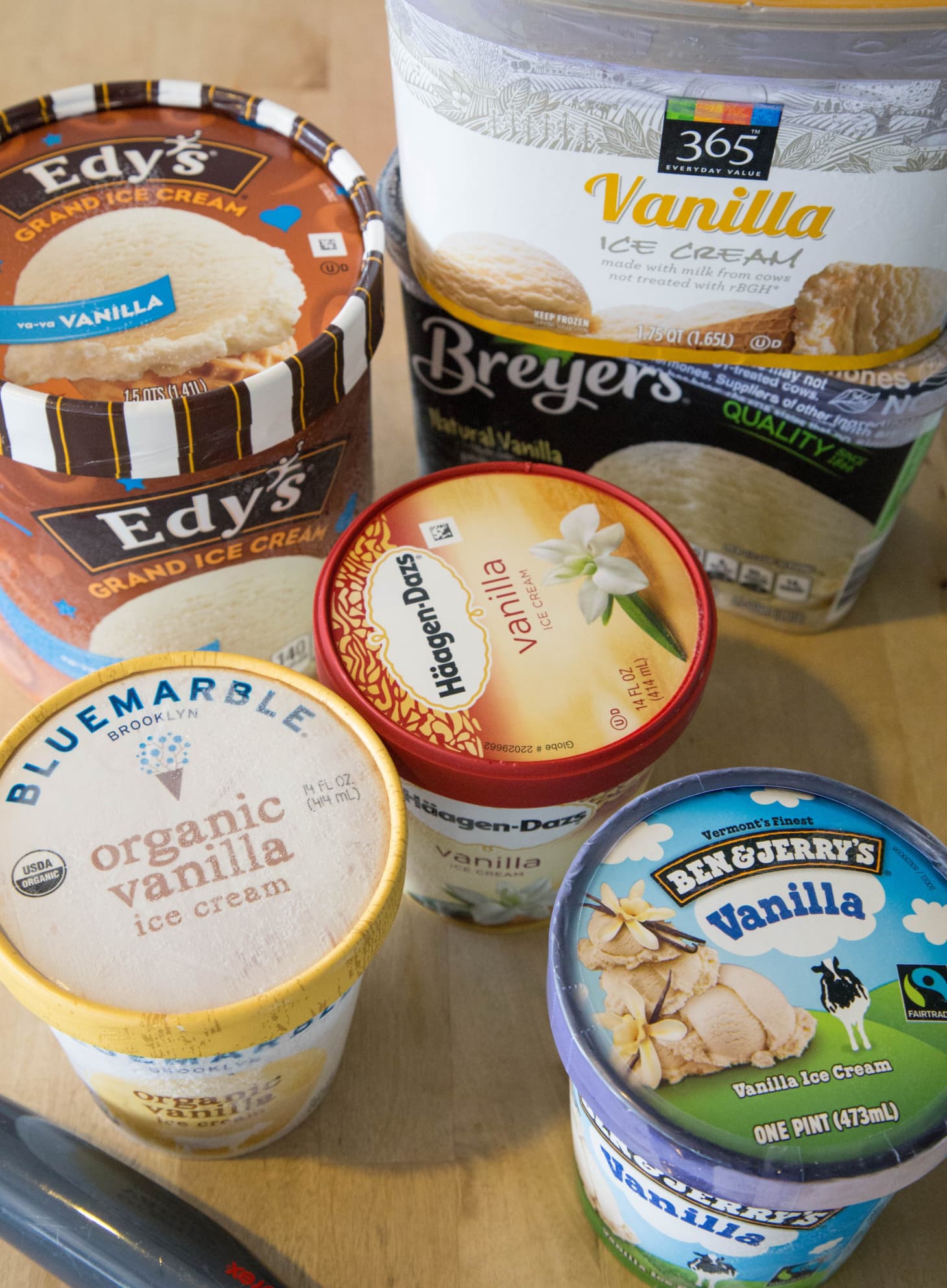
Nine times out of ten, recipes will guide us toward using an extract, like vanilla extract or peppermint extract, to add flavor to our baked goods.īut then what are those tantalizing bottles of flavoring oils doing on the shelf? Ever wonder when we might use those oils instead? Flavoring extracts are usually made by literally extracting the flavor of the source ingredient into a liquid base, usually alcohol. As for novelty extracts such as cake batter, pumpkin pie and root beer (or if you’d rather skip the waiting and just get to baking) it’s best to leave extract-making up to the experts! You can also create spice extract by infusing every 8-ounces of vodka with whole spices, such as 4 sticks of cinnamon. See also Air Fryer Instructions for Bird's Eye Oven RoastersĬare to try your hand at making your own extract? DIY vanilla extract involves steeping vanilla pods in vodka (or bourbon, or rum) for at least 3 months and up to a year, until it’s dark in color, and the incredible aroma is infused throughout. Try raspberry extract in our Raspberry Brownie Cookies, licorice-like anise extract in spicy German Pfeffernuesse, ever-popular almond extract in a Toasted Almond Latte, and coconut extract in this Hawaii-inspired Aloha Cake. On the other hand, recipes that require low or no heat, such as ice cream, frosting, pudding, parfaits, marshmallows or whipped cream, are better served by pure extracts, rather than flavorings.Įither way, the best extract flavors compliment and elevate a dish, rather than overwhelm it. Vanilla for instance, functions similarly to salt, punching up the impact of the ingredients around it, and making them taste more like themselves (instead of necessarily tasting like vanilla). That’s because the heat dissipates the alcohol and tamps down the flavor, which is why extracts are largely intended to enhance a recipe, rather than playing a starring role themselves. When it comes to cooking and baking, you can use any of these options pretty interchangeably. That said, they may be derived from different parts of the plant, such as the stems and leaves of the vanilla orchid instead of the bean, which prevents them from being classified as “pure.”

“Natural” refers to the fact that the flavor compounds come from plants (or nature) instead of being artificial. You may come across organic flavor extracts - containing organic alcohol and organically sourced flavor compounds - as well as natural flavor extracts. More often than not, that includes vanillin, a naturally occurring chemical compound found in vanilla beans.Ĭlearly, there are a lot of types and terms thrown around when it comes to extracts. Vanilla flavor, on the other hand, exists as an inexpensive substitute, due to the fact that it’s made with ingredients that are either a dilution of (or mimic the flavor of) the real thing. extract? Pure vanilla extract must be made from real vanilla beans, alcohol, and water, and is required by the FDA to contain 35% alcohol by volume and at least 100 grams of vanilla beans per liter.

So what’s the difference between, say, vanilla flavor vs. That’s why alcohol - most frequently ethyl alcohol, produced from fermented corn - is generally used, when it comes to crafting shelf-stable, fully emulsified extracts. That said, water and oil (which is what contains all those aromatic compounds) eventually separate. It’s not unlike brewing a cup of coffee, where hot water is run through ground beans to produce a liquid extract. The process of creating flavor extracts involves using a liquid base to pull the flavorful oils from herbs, spices, nuts or fruit. For instance, think of the impact of adding peppermint extract to a mug of hot chocolate, as opposed to a handful of mint leaves! Vanilla is the most common and popular option amongst the bottles, vials, and boxes, but it’s hardly the only one.įrom cherry to coffee to almond, these intensely concentrated solutions allow the characteristics and flavors of the showcase ingredient to really shine through. Walk down the baking aisle of pretty much any grocery store, and you’re guaranteed to find a literal wall of extracts.


 0 kommentar(er)
0 kommentar(er)
